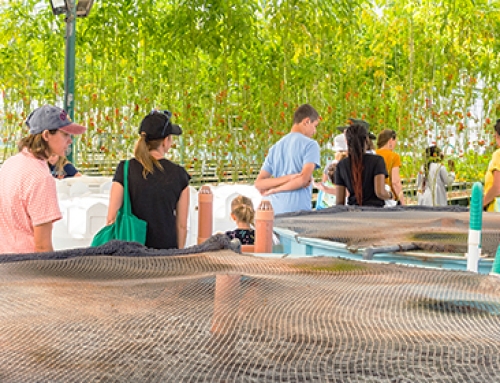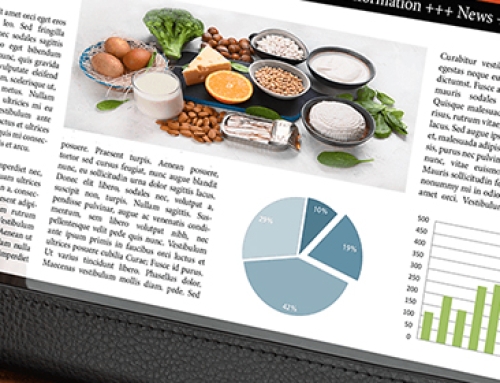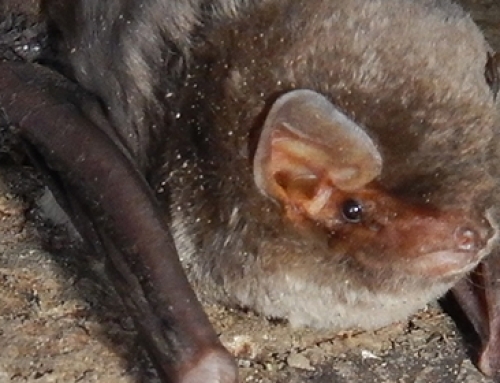“Dynamics of avian influenza in a changing world” – shortly named DELTA-FLU – aims at elucidating the mechanisms of bird flu. An international consortium of 10 highly renowned research institutions from all over the world will now bundle expertise in different research fields to promote strategies for the prevention and control of this disease.
The project which started on 1st June 2017 will be funded by the European Union for 5 years. The Friedrich-Loeffler-Institut (FLI, Germany) will act as coordinator of DELTA-FLU; co-coordinator will be the ERASMUS University Medical Center (EMC, Netherlands). The other partners of the project are:
- Secretary of state for environment, food and rural affairs (DEFRA-APHA, UK)
- Istituto Zooprofilattico Sperimentale delle Venezie (IZSVe, Italy)
- Roslin Institute, University of Edinburgh (UEDIN, Scotland)
- Linnaeus University (LNU, Sweden)
- University of Hong Kong (UHK, Hong Kong)
- Southeast Poultry Research Laboratory, (SEPRL, United States)
- Canadian Food Inspection Agency (CFIA, Canada)
The last fowl plague epidemics caused by the pathogen H5N8 has been the so far most severe one in Europe. The causative agents of avian influenza/bird flu naturally undergo constant and rapid change and can cause devastating worldwide outbreaks in wild birds and domestic poultry within a short time.
The project partners will conduct research on the dynamic mechanisms of avian influenzaviruses in poultry and other hosts as well as on the viral, host-related and environmental factors which are crucial for the replication and spread of these pathogens. A better understanding of these mechanisms and factors is essential for the design of effective strategies for diagnostics, prevention and control.
Animal studies in chickens, ducks, mice, and ferrets will provide insights into the pathogenicity, i.e. the induction, development and severity of disease in different host animal species. Furthermore, the consortium intends to conduct investigations on the viruses’ stability in the environment and on their activation by host-encoded proteins (enzymes) as well as on the immune reaction of the respective host and the evasive manoeuvers of the viruses.
In addition, DELTA-FLU will conduct research on key issues, such as the questions how fowl plague viruses are maintained in the wild bird population and can be spread over long distances, which factors are relevant for introduction of avian influenzaviruses into domestic poultry holdings and which role pigs play in a possible transmission to humans.







